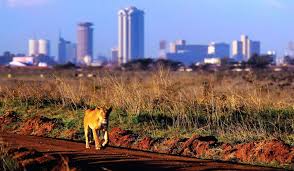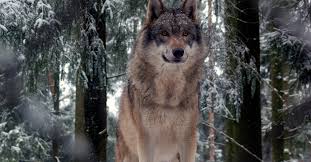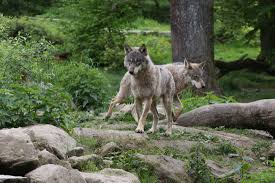Despite the fact that British citizens have done much good work towards to conservation of wildlife and wilderness in the world, we have been less successful in the UK. Having largely eradicated a small arboreal predator from much of the UK, we then decided to introduce the grey squirrel from the USA.

Spending more time on the ground, and being far less agile than their red smaller cousins, grey squirrels cannot coexist with pine martens.
Continue reading “Pine martens released near Bangor, Wales”
















